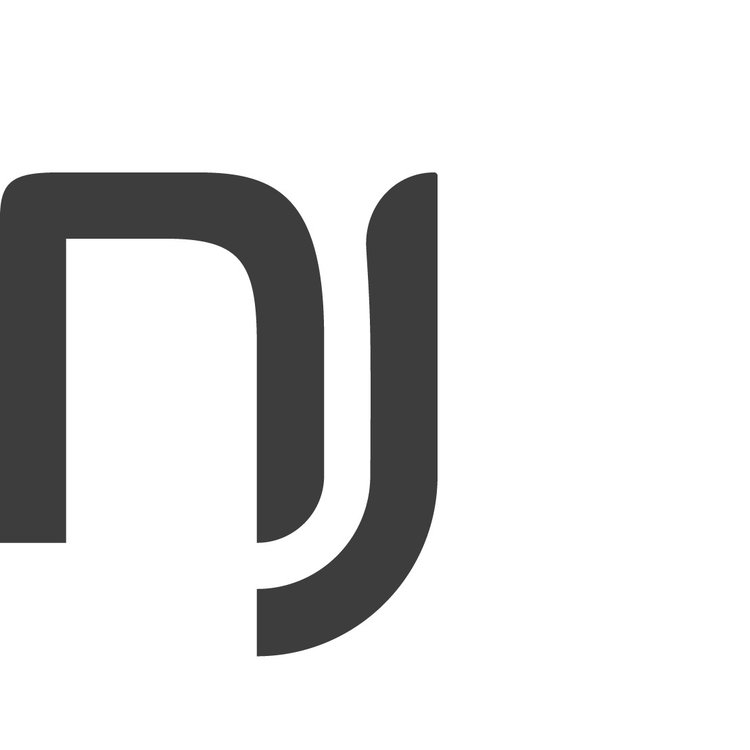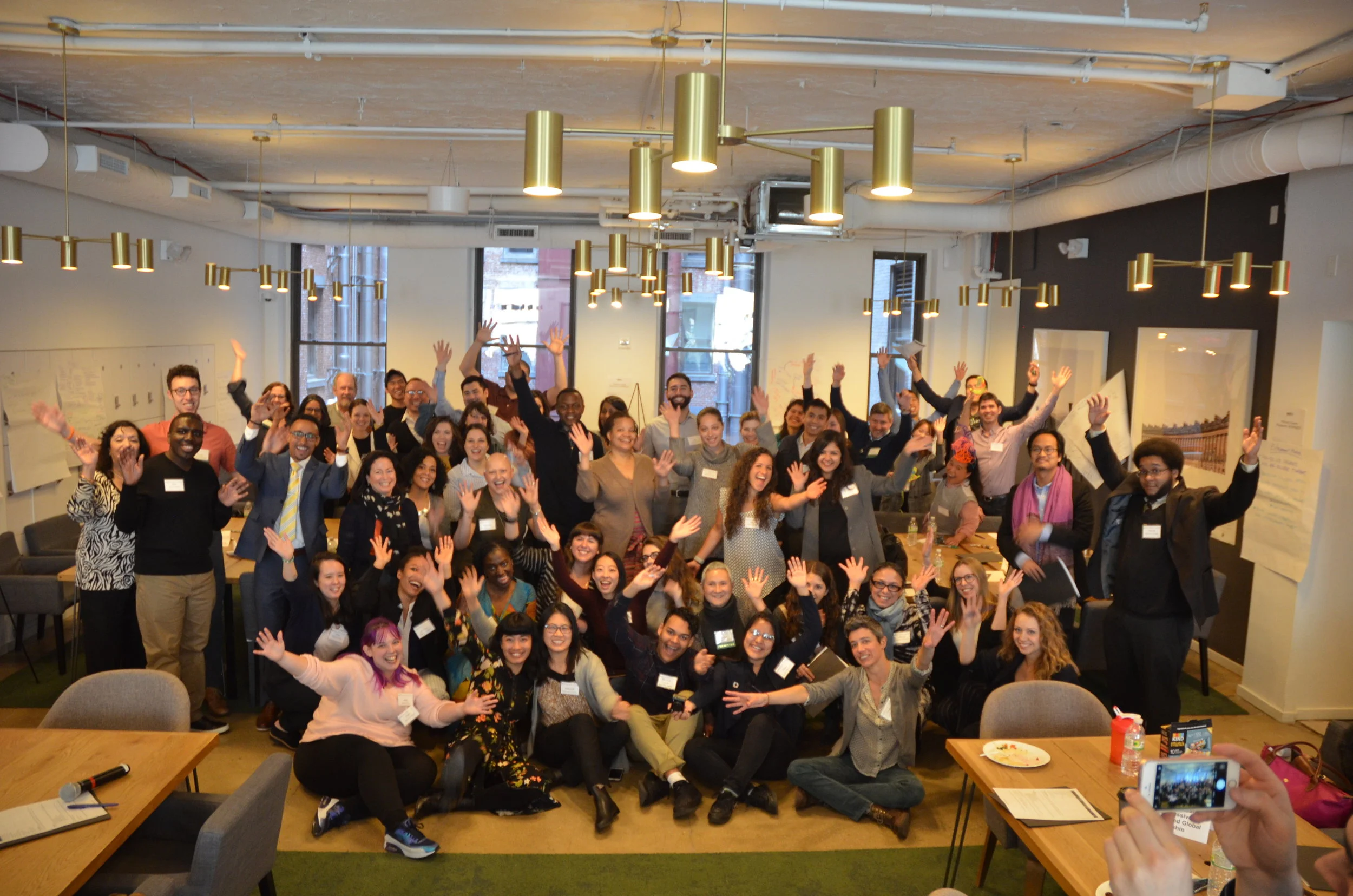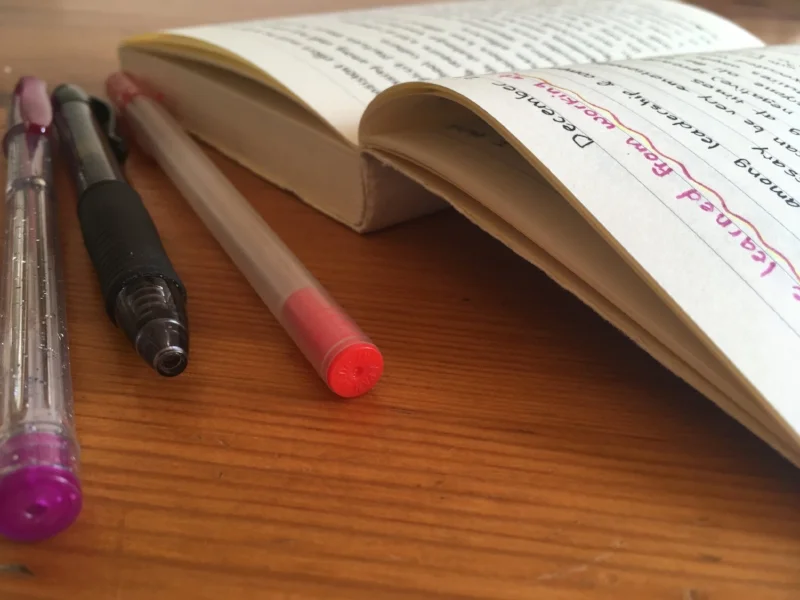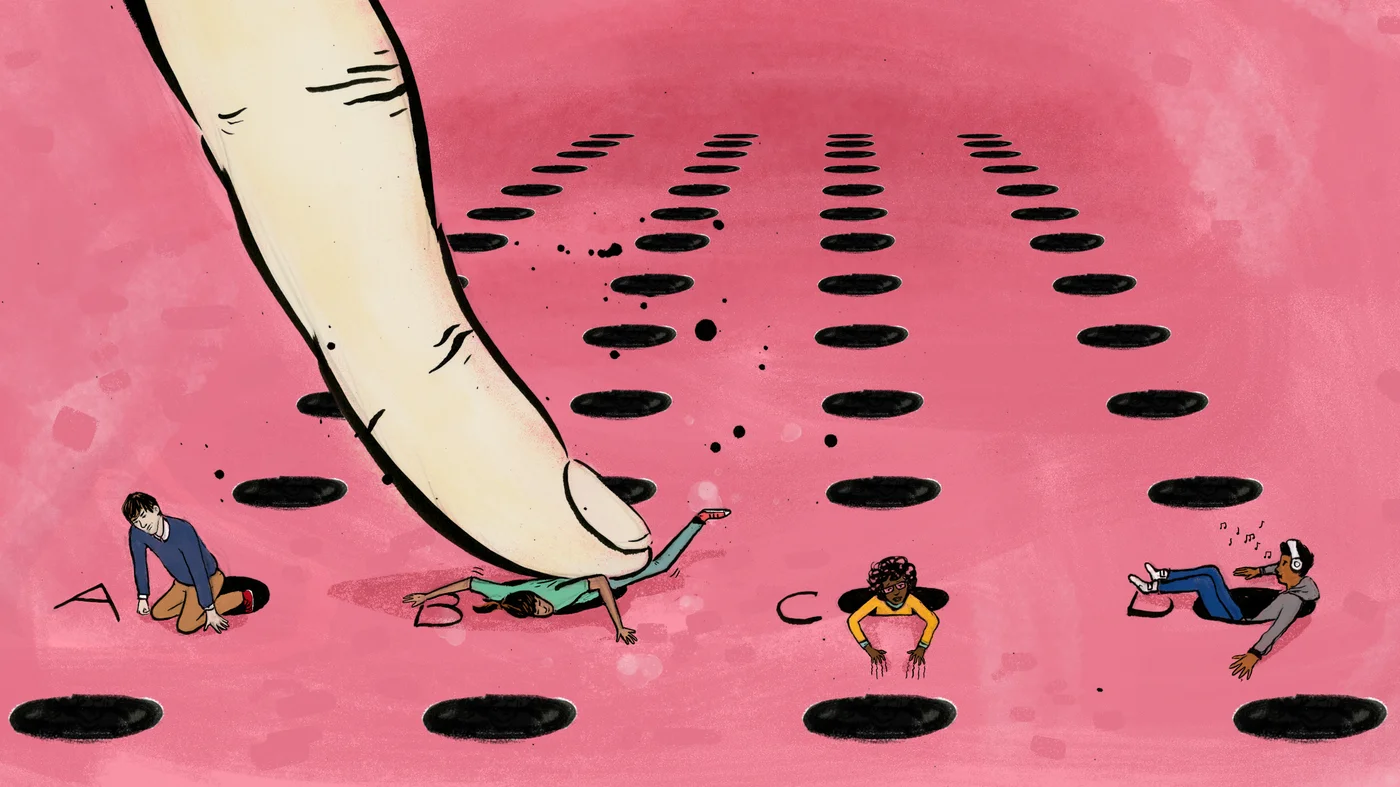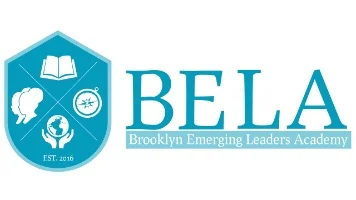It was exhilarating to see a diverse group of stakeholders from the NYC education community come together to discuss Collective Impact reform at Frontier 2018.
I am thrilled to announce the roundtable discussion topics that will take place at Frontier 2018!
Frontier 2018 is planting seeds for a collective impact in NYC education reform.
After much reflection and trial and error, here are some actionable steps I’d suggest for those who want to enter the reform space without leaving the school.
This week, I asked myself 3 critical questions to help me incorporate collective impact into Frontier 2018.
It's important to pause and take stock of the moments that offer insight into ourselves as educators, school leaders or students still studying the field.
Recent efforts to address racial segregation in the city’s public school system have been met with fervent push back from the community.
Standardized education is the replication of routine teaching and learning methods, but its trend reaches beyond high-stakes testing.
School integration is a double edged sword and we need to become more critical about it
There is a huge information gap in the school selection process and it is vital that parents are given the resources they need in order to prepare their children for academic success.
Rather than applying bandaid fixes to mental health issues, reform must target a primary cause of students stress: the k12 to college pipeline.
Creating a school that doubles as a think tank will allow teachers, school leaders and researchers to collaborate and produce more effective and informed policy proposals.
Depending on our perspective, failure can stifle our progress or it can serve as the vehicle that drives us towards success.
In order to achieve system-wide progress, we must form cross-sector partnerships and work towards a united vision for reform that leverages the skill sets and resources of each sector.
Where does a teacher’s impact begin and where does it end?
According to many studies and surveys, our intuition regarding best learning strategies is often wrong.
Short answer: the people.
On Monday, August 28th, Brooklyn Emerging Leaders Academy (BELA) welcomed its inaugural ninth grade class in Bed-Stuy, Brooklyn.
The current citywide pass rates on state exams are 41% for ELA and 38% for Math—this is an issue that needs to be addressed.
Who controls public education in the United States?
School choice and charters are at the center of education debates today—let's break down exactly what they mean.
All too often, the conversation around our nation’s segregated public schools turns into a discussion about the achievement gap, school choice, or diversity. Why?
Although the picture of a post-racial, “colorblind” America is an alluring one, this conception of the country is far too hopeful and ultimately, false.
Of the numerous articles reporting on education reform today, most — if not all — focus on changing federal policies, rethinking schools’ organizational structures or introducing new curricula into classrooms. The problem? These measures are too focused on schools.
Learning about the history of education deepens our understanding of the critical juncture at which we find ourselves today. Where will we go next?
